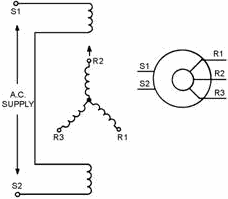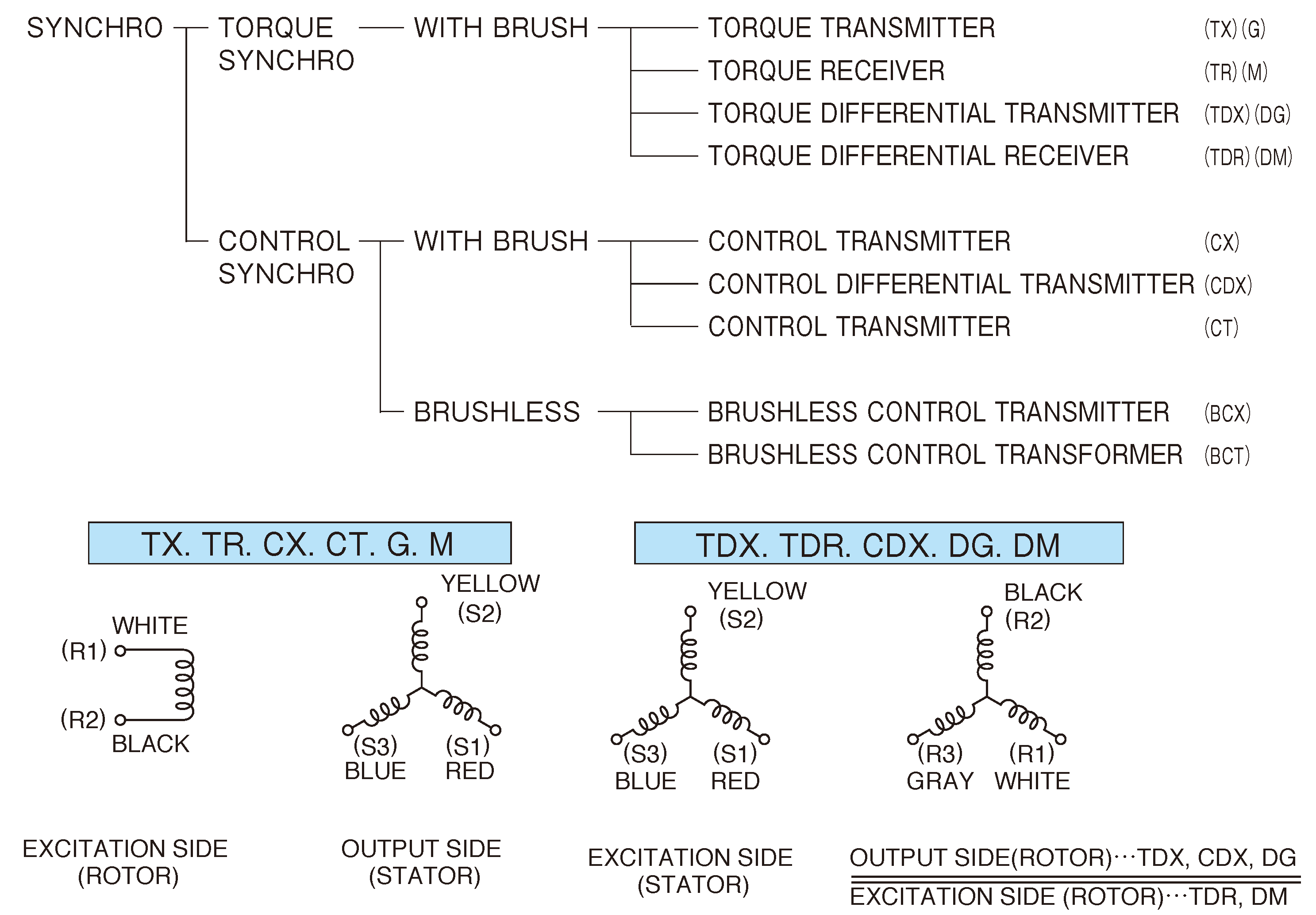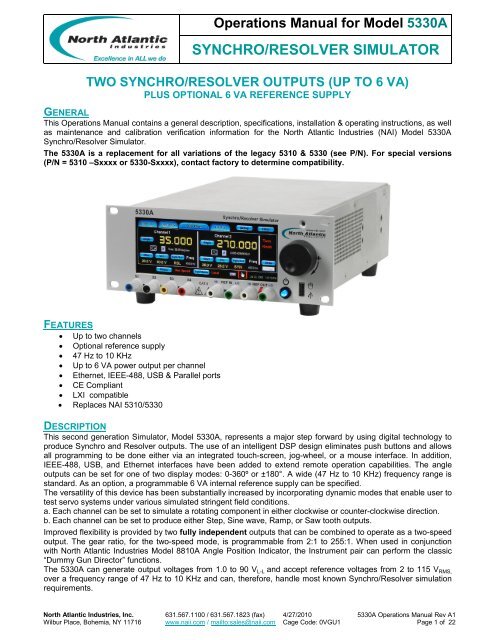
Transmitters and the way in which they are interconnected, torque differential Torque differential receiver, which is free to move aligns with the statorįield and the position of the stator field depends on the input from the two Receiver is electrically connected to two torque transmitters, the rotor of the

They are mostly used as a receiving element in a remote position indicating system. The rotor of the receiver moves to a position-dependent on the electrical angular information received from its connected torque transmitter or torque differential transmitter. Position indicating system as a transmitting element. These transmitters are generally used in a remote The electrical signal is derived from the position of the The rotor is connected to the component and the stator is

To generate an electrical signal corresponding to the angular position of a Transmitters, differentials, and receiversĬontrol synchros – transmitters, differentials, control transformers, resolvers, linear transformer, and the two-hybrid units: transolvers and differential resolvers Classification of synchrosĬan be classified into two overlapping groups they are torque synchros and Control synchros can be used in electromechanical servo and shaft positioning. The control transformer can act as a null detector and can be used in servo systems. Control synchros are similar to the torque synchros but the signal from the receiver is going to be amplified to drive output and the impedance of the windings is much higher so there is no danger of the system burning out. The control synchro system is the most common of all synchros and is extensively used in aircraft and navigation systems.

This, in turn, varies the magnitude of the output voltage How synchro is used in servo system The magnitude of the magnetic coupling varies between the primary and secondary according to the position of the rotating element. It can also be called as an electromechanical transducer. So the voltage across any pair of stator terminals is, therefore, the sum or difference, depending on the phase of the individual stator winding voltages. The rotor energizing voltage is an AC reference voltage at 50 Hz and this induces a voltage across each stator winding which is dependent on the instantaneous angle between the rotor and stator coil axes. Synchros mostly have three secondary windings arranged 120 degrees apart to give the varying voltage ratios as the primary winding is rotated. The primary coil is wound on the rotor and couples magnetically to the secondary coils on the stator and the connections to the external terminals are through slip rings. Synchro is a form of a rotating transformer that resembles a small AC motor and they are widely used as an element of measuring and control systems involving rotatable shafts.


 0 kommentar(er)
0 kommentar(er)
